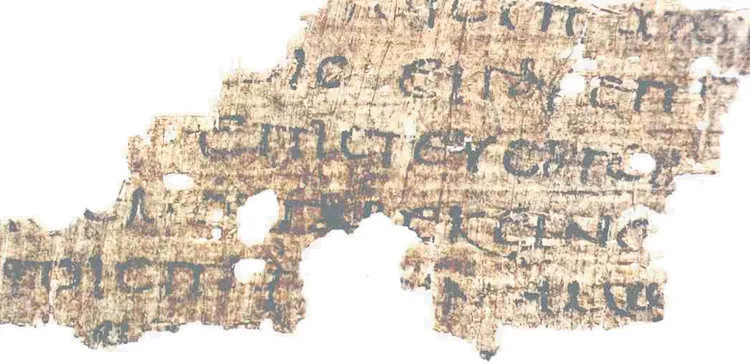The existence of ‘gospels’ other than Matthew, Mark, Luke and John can be exciting or even scandalous to someone hearing about them for the first time.
Manuscripts of these documents are often worth a second look. What looks scandalous could turn out to be, upon closer inspection, a mountain made out of a molehill. The ‘Gospel of Philip’ (found in Egypt in 1945) provides a good example of this phenomenon. Some editors report that it claims that Jesus ‘used to kiss her [i.e. Mary Magdalene] often on her mouth’. When we check the manuscript itself, we see that ‘mouth’ is not there. There is a hole in the papyrus at that point, and ‘mouth’ was simply a guess about what was once there. More than that, the word translated ‘kiss’ can simply mean ‘greet’. What might have appeared to imply a scandalous romantic relationship looks to be as innocent as Jesus saying hello to a friend.
The ‘Egerton Gospel’
In a recent article1 published in the scholarly journal Early Christianity, Peter Malik has been having a second look at another manuscript referred to as a ‘gospel’. The papyrus in question is the only known manuscript of the ‘Egerton Gospel’ (henceforth GEgerton), a non-canonical gospel named after Francis Egerton, 8th Earl of Bridgewater. Dated to between AD150 and AD250, it is roughly contemporary with our earliest manuscripts of the New Testament. Some of the text it contains is strikingly similar to John’s Gospel.
